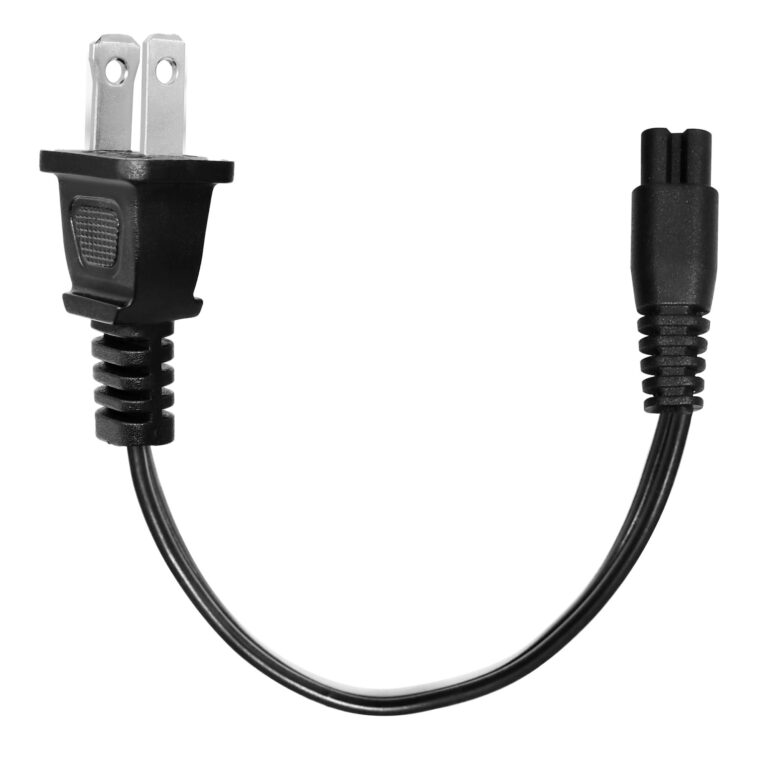Table of Contents
- Understanding Voltage and Current Requirements for Effective Stun Gun Performance
- Selecting the Right Components for Optimized Power Efficiency and Safety
- Circuit Design Strategies to Ensure Reliable High Voltage Output
- Implementing Safety Mechanisms to Protect Users and Prevent Malfunctions
- To Conclude
Understanding Voltage and Current Requirements for Effective Stun Gun Performance
When designing a stun gun, understanding the interplay between voltage and current is crucial for achieving optimal performance. High voltage is essential to overcome the resistance of human skin and clothing, enabling the device to deliver a powerful electric shock. Typically, stun guns operate in the range of tens of thousands to millions of volts. However, voltage alone is not enough; the current must be carefully controlled. Although the current levels in stun guns are relatively low-often measured in milliamperes-it must be sustained long enough to disrupt the target’s neuromuscular system effectively without causing permanent injury. This delicate balance ensures both safety and efficacy.
Key factors to consider include:
- Pulse Duration: Short, repeated pulses maximize the incapacitating effect while minimizing the risk of muscle damage.
- Current Limiting Components: Resistors and capacitors are used to regulate the current flow and maintain stable output.
- Load Variation: The power supply must adapt to the variable resistance presented by different contact surfaces.
By focusing on these critical electrical parameters, designers can create stun guns that are both powerful and reliable, delivering a safe but effective deterrent in high-risk situations.
Selecting the Right Components for Optimized Power Efficiency and Safety
When designing a stun gun power supply, choosing components that strike a balance between power efficiency and safety is crucial. Prioritize components with low quiescent current to conserve battery life during standby modes, while ensuring capacitors and transformers have high voltage ratings to handle sudden surges without failure. Semiconductor devices such as MOSFETs or IGBTs, selected for their rapid switching and minimal heat generation, enhance overall efficiency and longevity. Additionally, integrating thermal sensors and current limiters helps prevent overheating and ensures the device operates within safe parameters under variable load conditions.
Material quality and certification should never be overlooked. Opt for components compliant with international safety standards like UL or IEC to reduce the risk of malfunction or harm. Consider using proprietary high-grade insulating materials to minimize electrical leakage and maintain user safety. To further optimize performance, use low ESR capacitors and precision resistors that maintain their specs across temperature variations. Key considerations include:
- High-voltage rated ceramic or polypropylene capacitors for stability
- Efficient switching regulators to maximize battery usage
- Robust PCB layout for minimizing electromagnetic interference
- Fail-safe fuses or circuit breakers for emergency protection
Circuit Design Strategies to Ensure Reliable High Voltage Output
Achieving a reliable high voltage output starts with careful selection of components that can withstand the demanding electrical stresses involved. Prioritize the use of high-quality high-voltage capacitors and MOSFETs with appropriate voltage ratings and fast switching capabilities to minimize losses and heat generation. Incorporating snubber circuits helps protect sensitive transistors from voltage spikes, enhancing durability. Additionally, designing the layout with minimal parasitic inductances and ensuring proper isolation distances between high voltage traces reduces the risk of arcing and signal distortion.
Effective circuit topology is also crucial. Opt for a boost converter or flyback transformer configuration tailored to your power requirements, as these offer stable step-up voltages while maintaining efficiency. Including feedback control mechanisms with optocouplers or isolated sensors enables dynamic regulation of output voltage, ensuring consistent performance under varying loads. Prioritize thermal management through heat sinks and proper ventilation to prevent thermal runaway and maximize the lifespan of your power supply components. Finally, implement thorough testing with scope analysis and fault simulation during development to identify weak points and optimize reliability before deployment.
- Use components with voltage margins above expected peaks
- Incorporate protective snubber circuits
- Design PCB traces with adequate clearance and minimal inductance
- Choose circuit topologies suited for stable voltage step-up
- Implement closed-loop feedback for output regulation
- Ensure effective thermal management solutions
Implementing Safety Mechanisms to Protect Users and Prevent Malfunctions
Ensuring user safety is paramount when designing any high-voltage device like a stun gun power supply. Integrating multiple layers of protection reduces the risk of accidental discharge and electrical hazards. One effective approach is embedding automatic shutoff circuits that deactivate the power supply after a predetermined duration of activation, thereby preventing overheating and unintended continuous shocks. Additionally, incorporating current-limiting resistors and fuse elements helps safeguard both the internal circuitry and the user by responding promptly to abnormal current surges or component failures.
Beyond electrical safeguards, thoughtful mechanical design enhances user protection and device reliability. Employing insulated enclosures with high-grade, impact-resistant materials not only protects sensitive components but also minimizes shock risk to the operator. To prevent accidental use, designers often add features like
- trigger locks or safety switches that must be consciously disengaged before activation,
- visual indicators such as LED status lights that communicate readiness or fault conditions,
- heat dissipation channels ensuring internal components stay within safe operating temperatures.
To Conclude
Designing a reliable and efficient power supply for a stun gun is a critical step that demands careful consideration of safety, energy management, and component selection. By understanding the key principles outlined-from voltage transformation and energy storage to protection mechanisms-you can develop a power supply that not only meets performance requirements but also ensures user safety and device longevity. Whether you’re an engineer venturing into stun gun design or simply curious about the technology, these foundational insights provide a solid starting point for creating effective and responsible power solutions. Stay tuned for more deep dives into specialized electronics design!Check Our Other Blogs
- StunGun – Your Trusted Source for Stun Guns, Laws, and Self-Defense Tips
- PepperSprayLaws – Your Trusted Resource for Pepper Spray Information
- StunGunLaws – Your Trusted Guide to Stun Gun Legality and Safety





